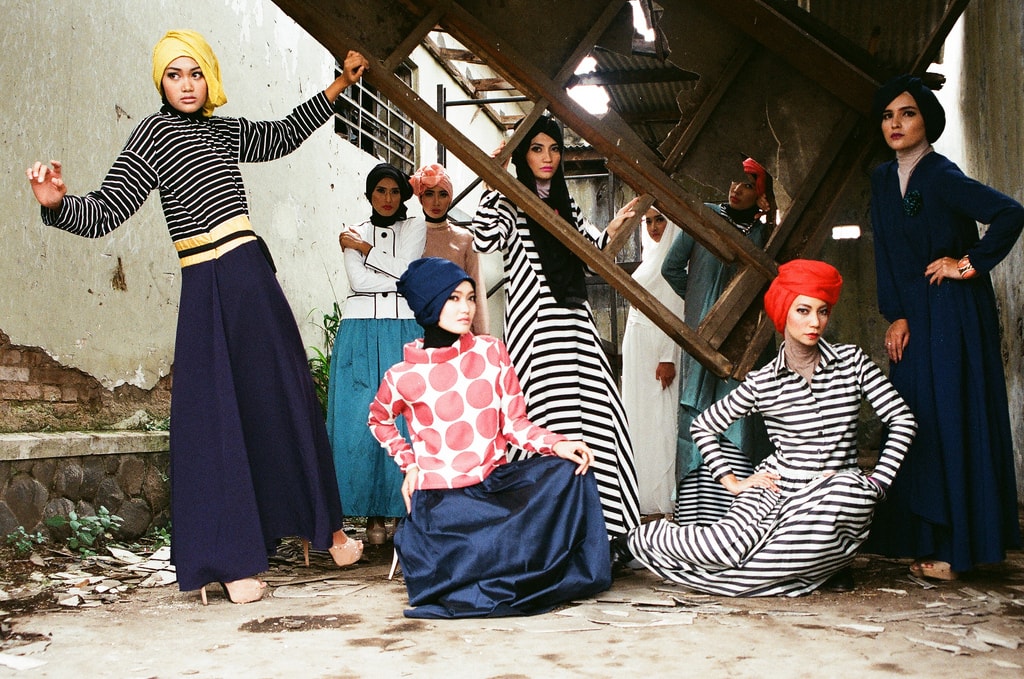Discovering the Rich Heritage of Eastern Wear Pakistan in Modern Style
Discovering the Rich Heritage of Eastern Wear Pakistan in Modern Style
Blog Article
Introducing the Rich Heritage of Eastern Style
Checking out the intricate tapestry of Eastern style unveils a globe where tradition fulfills advancement, and craftsmanship links with cultural significance. From the opulent silks of old dynasties to the detailed embroidery of nomadic people, each garment informs a story that goes beyond time and borders, echoing the abundant heritage and artistic heritage of the East. As we peel off back the layers of history and practice, an interesting trip awaits, untangling the tricks behind the captivating appeal and enduring impact of Eastern fashion on the worldwide phase.
Origin of Eastern Style

In Mesopotamia, for instance, the Sumerians and Babylonians created garments making use of natural leather, woollen, and linen, adorned with detailed patterns and jewelry. Ancient Egyptians are renowned for their sophisticated weaving abilities and the usage of light-weight, breathable textiles like bed linen. Chinese fashion highlighted the relevance of color importance and detailed embroidery methods, while Indian clothing included lively tones, glamorous fabrics like silk and cotton, and elaborate drapery styles such as the saree.
These ancient worlds not only affected each various other yet also led the way for the varied and culturally abundant tapestry that is contemporary Eastern fashion. Through centuries of evolution, Eastern fashion continues to prosper, mixing custom with modern-day influences to develop ageless and special styles.
Social Influences and Customs
Attracting from centuries-old personalizeds and ideas, social impacts and traditions play a crucial duty in shaping the significance of Eastern style (eastern wear pakistan). The rich tapestry of societies across Eastern areas such as Asia, the Middle East, and Africa has actually heavily influenced the clothing styles, colors, fabrics, and creates that are widespread in Eastern style today
In countries like India, Japan, and China, typical garments like sarees, bathrobes, and cheongsams proceed to hold substantial cultural value and are typically decorated with complex embroidery or symbolic patterns that show ingrained ideas and values. In a similar way, in Center Eastern nations, the flowing abayas and kaftans used by males and females not only serve as small clothes but also show the region's social heritage and Islamic customs.
Additionally, using details colors like red forever luck in Chinese society or intricate geometric patterns motivated by Islamic architecture better exemplify how social influences materialize in Eastern style - eastern wear pakistan. By honoring and maintaining these cultural impacts and traditions, Eastern fashion remains to evolve while remaining real to its rich heritage
Development of Eastern Clothing
Over time, Eastern garments have actually undertaken significant makeovers, mirroring a blend of custom and modernity in their layout and style. Standard Eastern garments such as the saree, hanbok, salwar, and bathrobe kameez have progressed to incorporate contemporary aspects while maintaining their social essence.
One noteworthy advancement is using innovative materials and methods in Eastern garment building and construction. Traditional handwoven textiles like silk and cotton have been matched with contemporary products such as polyester and blends, supplying increased toughness and convenience of care. Additionally, developments in printing modern technologies have actually enabled elaborate patterns and styles to be integrated right into Eastern garments with accuracy and information.
Moreover, modifications in silhouette and tailoring have modernized Eastern clothing, making them more appropriate and flexible for varied celebrations. Typical dress codes have actually loosened up, permitting experimentation with shades, embellishments, and styles. This development has not only made Eastern garments much more attractive and easily useful source accessible to a worldwide audience yet has also guaranteed their continued importance in modern fashion landscapes.
Meaning in Eastern Clothes
Discovering the ingrained social relevance woven into Eastern attire reveals a rich tapestry of importance and custom. Eastern garments are typically imbued with symbols that mirror the wearer's societal condition, faiths, and cultural identity. For instance, in numerous Eastern societies, the shade red symbolizes good luck and prosperity, making it a popular selection for wedding apparel. Complex embroidery patterns can communicate tales of folklore or stand for true blessings for the wearer.
Furthermore, certain garments hold symbolic definitions. Its layout, fabric, and even the method it is put on all lug deep cultural value.

Effect of Eastern Fashion Today

The incorporation of Eastern aspects in Western style has actually caused a fusion of styles that satisfy diverse tastes and preferences (eastern wear pakistan). Designers often draw inspiration from Eastern materials, patterns, and silhouettes, developing one-of-a-kind and cutting-edge items that mix typical and modern-day visual appeals. This cross-cultural exchange has not only rejuvenated the apparel industry but also fostered a deeper appreciation for Eastern heritage and workmanship
In addition, the surge of social media sites and electronic systems has actually even more enhanced the impact of Eastern fashion, permitting brands and designers to get to a broader target market and showcase their cultural heritage to the world. Through cooperations, style shows, and online projects, Eastern style continues to thrive and advance in today's dynamic and interconnected global landscape.
Conclusion
To conclude, the abundant heritage of Eastern fashion is a testament to the cultural impacts, intricate workmanship, and extensive significance embedded in each garment. From old human beings to contemporary interpretations, Eastern fashion remains to mesmerize with its distinct blend of practice and development. The impact of Eastern style today functions as a reminder of the classic beauty and artistic expression that have actually made it a global sensation commemorated for its abundant cultural heritage.
Checking out the intricate tapestry of Eastern style reveals a globe where custom meets innovation, and workmanship intertwines with social websites significance.The enduring symbolism and social importance embedded in Eastern clothes proceed to form and influence the modern effect of Eastern style today. Eastern fashion has actually transcended borders, coming to be a global sensation embraced by developers, celebrities, and style enthusiasts worldwide.In final thought, the abundant heritage of Eastern fashion is a testament to the social influences, detailed craftsmanship, and profound symbolism embedded in each garment. The influence of Eastern fashion today offers as a pointer of the ageless style and creative expression that have actually made it an international phenomenon commemorated for its abundant social heritage.
Report this page